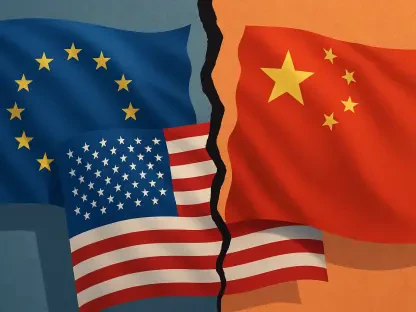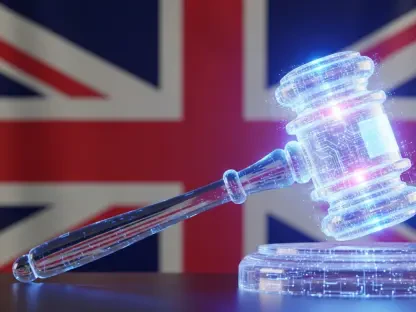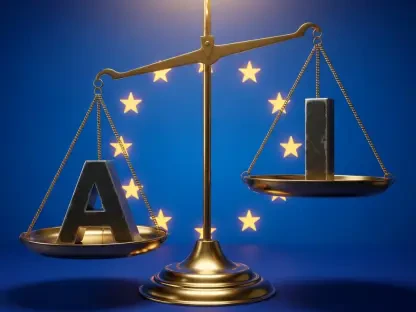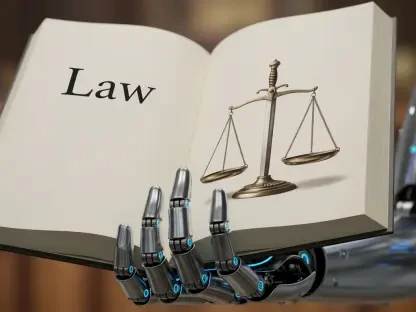Your peers in the legal sector are staring at a practical dilemma: contract teams are adopting AI-powered drafting, review, and redlining tools to move faster—but that speed brings novel liability risks. What used to be a junior associate’s careful read is increasingly an automated sweep; what used to be a vendor’s boilerplate now might be auto-inserted by a model.
The net effect: accuracy, provenance, and accountability are being re-priced in real time. Legal ops, GC offices, and outside counsel must ask a blunt question: when a machine helps make a deal, who bears the loss if that machine is wrong?
In this article, you will examine:
How AI contract tools are already changing where errors happen and who notices them.
Why liability exposure is shifting from purely human mistakes to a hybrid of human and model failures.
What practical governance moves legal leaders are using now to limit legal and reputational damage.
Read on to see exactly where risks are manifesting—and where leaders are already drawing new lines of accountability.
The Contract On Trial
The examples are already landing in courtrooms and procurement reviews. Judges and commentators have flagged a steady stream of “AI hallucination” incidents where machine outputs were treated as authoritative—and then failed. In several recent matters, lawyers filed briefs containing non-existent citations or AI-generated assertions; judges responded with reprimands, sanctions, and removals from cases.
These headlines are a warning shot: reliance on unverified AI outputs can create professional misconduct exposures and erode client trust.
Beyond litigation, procurement officers and compliance auditors are noticing subtle AI-driven discrepancies in contracts—such as mismatched definitions, conflicting governing-law clauses, or absent limitation-of-liability caps. These may not trigger immediate lawsuits, but can slowly erode bargaining positions and increase the chance of disputes later.
At the corporate level, imagine an AI redline that silently overwrites a crucial warranty, or a clause-extraction engine that mislabels indemnity scope across thousands of vendor agreements. The damage isn’t confined to a single bad sheet of paper—it can cascade into regulatory notices, contract breaches, and multi-million-dollar indemnity claims. The difference today is speed: an erroneous clause replicated across a contract repository can scale harm far faster than any one human error ever could.
The Unseen Legal Exposure
Many legal teams still treat AI as an efficiency play. The hidden problem is that automation changes the locus of control—and therefore the locus of liability.
Here are the principal exposures to watch:
Misattributed accuracy: AI summaries or clause tags are often presented as reliable, even when the model’s confidence is unknown. If counsel relies on those summaries in negotiations or regulatory filings, the firm or client can be left exposed.
Vendor promises vs. reality: Contract-management vendors market high accuracy and speed. But those marketing claims now attract scrutiny from regulators policing deceptive AI claims—meaning vendors and buyers can both face enforcement risk if tools underperform.
Auditability gaps: Traditional legal review leaves a paper trail; some AI workflows do not. When a dispute arises, courts want to know who changed what, when, and why, and some AI pipelines lack that traceability.
Cross-border complexity: Different jurisdictions treat automated decision-making and algorithmic outputs differently; what’s defensible in one place may trigger liability in another. (See the surge in jurisdictional scrutiny and model-use litigation in 2023–25.)
Put bluntly: the legal question is morphing from “Did counsel miss something?” to “Did counsel rely on an opaque system that they didn’t validate?” That shift increases duty of care expectations for in-house teams and outside firms alike.
Legal Teams Cannot Afford to Stay On The Sidelines
Research and market activity show adoption is accelerating: law firms and corporate legal departments are embedding AI in contract workflows to speed due diligence, tag clauses, and automate playbook checks. Vendors advertise rapid clause extraction and portfolio-level risk spotting—real gains, but also new fault lines for liability and compliance.
Why act now? Because the consequences of delay are practical and immediate: regulatory and judicial scrutiny is rising; clients are asking for AI-enabled speed and lower costs; and unchecked automation builds systemic risk into a contract book that can later be weaponized in litigation.
A New Mandate For Legal Ops
The playbook that legal teams need isn’t technical theater—it’s governance, and it looks like this:
Treat AI outputs as draft work product until verified. Require human sign-off on any clause change that affects liability, indemnities, limitations, or regulatory obligations. Document that sign-off.
Define vendor accountability and warranties. Contracts with AI vendors must include accuracy warranties, data provenance commitments, and remedies for systemic errors (including audit rights). Push for indemnities or price adjustments when a tool’s failure creates measurable downstream cost.
Build explainability and audit trails. Log inputs, prompts, model versions, and editor decisions. If a clause caused harm, you must show how the clause evolved and who approved the final language. Courts and regulators will demand this.
Embed legal early in procurement and product teams. Legal should be the default stakeholder when buying or building contract automation. Don’t treat procurement as an ops-only decision.
Upskill lawyers for AI literacy. Train teams to probe model limitations, to triage false positives, and to design tests that surface failure modes before they go live.
Run “what if” liability scenarios. Map the worst plausible losses from a model error (regulatory fines, contract damages, reputational harm) and ensure insurance, indemnities, and reserves are aligned.
Smart legal teams are reframing AI from a “productivity tool” to a “risk vector” that demands formal governance. These actions move legal from reactive firefighting to proactive stewardship, and that’s where liability narrows.
The Ball Is In Your Court
AI contract tools will change not only how contracts are made, but who pays when contracts misfire.
Because these AI tools will redefine liability by shifting the debate from “who missed a clause” to “who trusted the machine, and how did they validate that trust?” Your legal strategy should change accordingly: less faith in blind automation, more investment in governance, and clearer contractual risk transfer with vendors.
The machines are fast. Your legal controls must be faster—and smarter.









